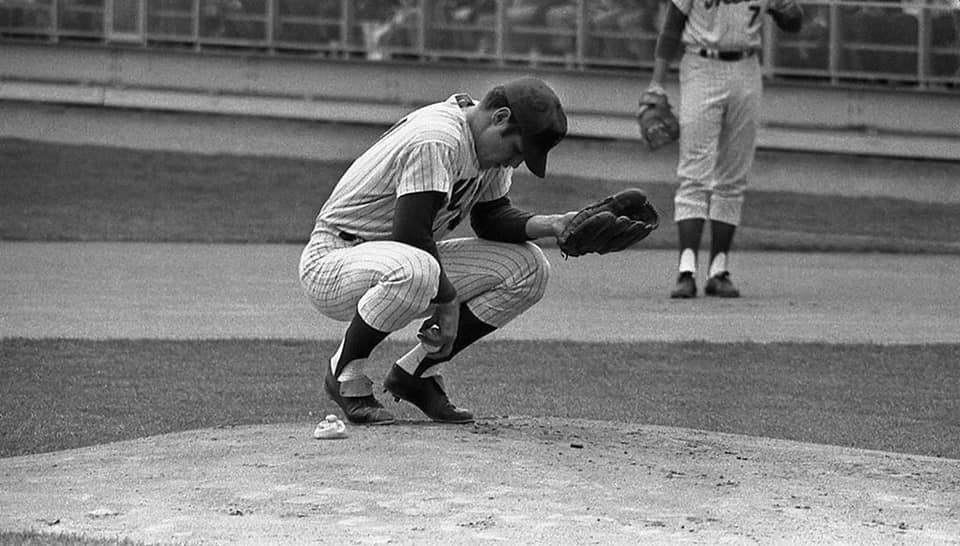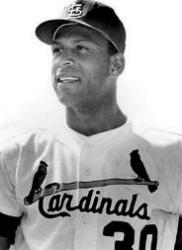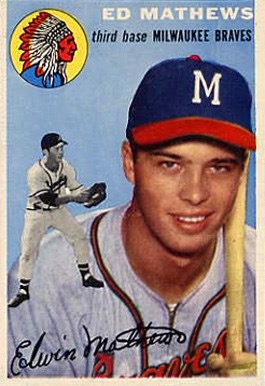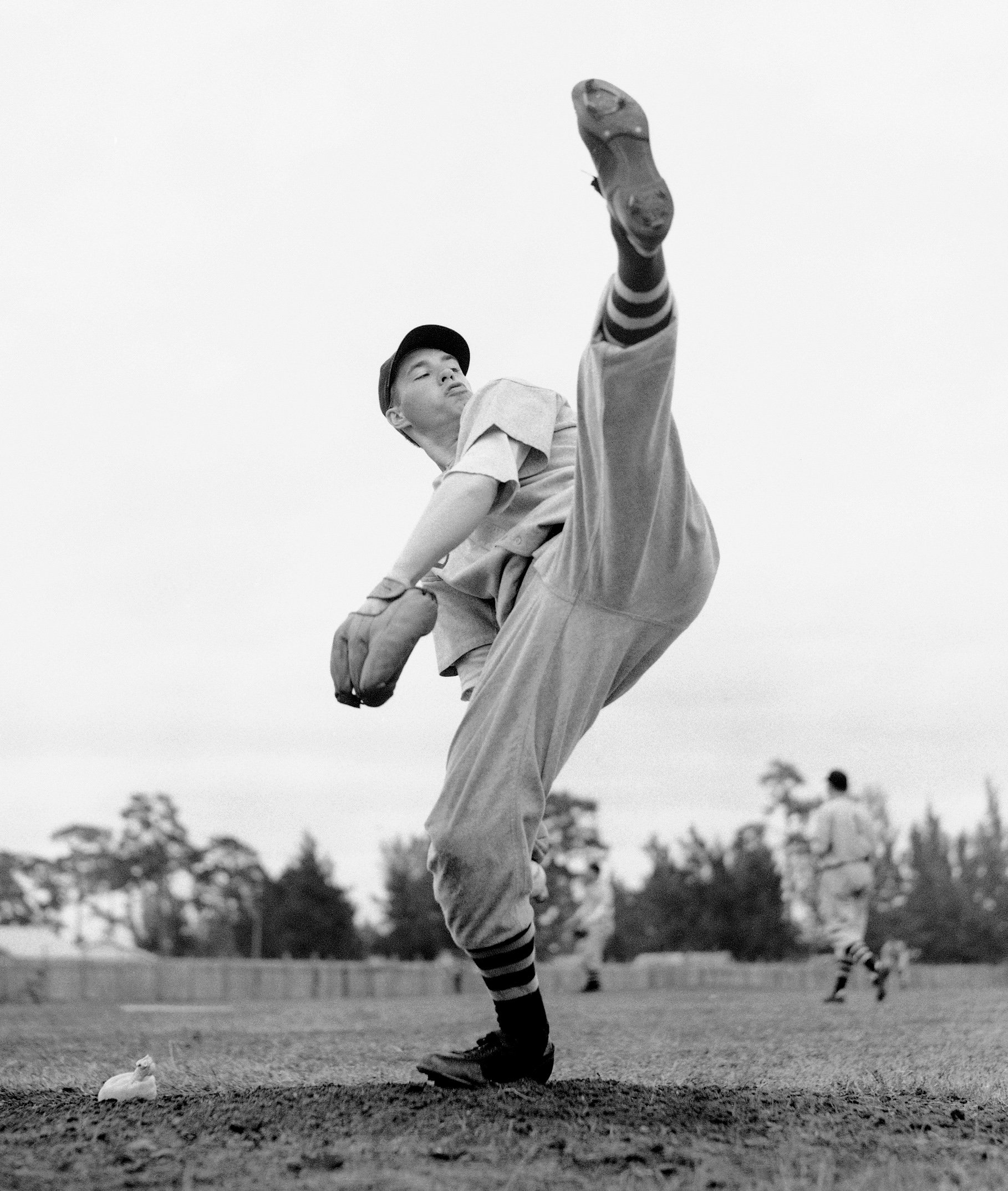Tom Seaver agrees to take a pay cut
January 18, 1975, Tom Seaver agrees to take a 20% pay cut. He made a record $173,000 last season and he takes a $34K pay hit after winning only 11 games in 1974. He said the decision was made after a meeting with M. Donald Grant. “I wasn’t disturbed by the cut. The club has…







